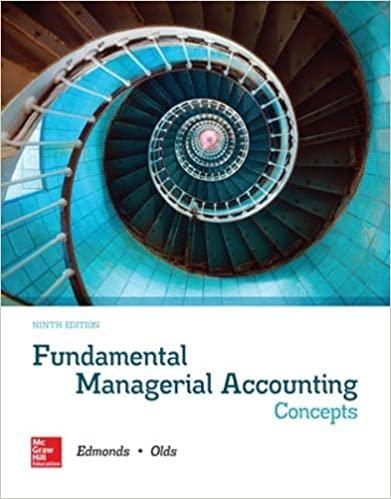
TRUE - FALSE 1 . The par value of a share of capital stock indicates the price at which the share must originally be issued. 2. The cost of land would include survey and title fees. 3. The book value of an asset is its original cost minus accumulated depreciation. 4. A corporation is not an entity which is separate and distinct from its owners. 5. Retained earnings are a part of stockholders' equity. 6. The acquisition of treasury stock by a corporation increases total assets and total stockholders' equity. 7. A 10% stock dividend will increase the number of shares outstanding but the book value per share will decrease. 8. Capital stock that has contractual preferences over common stock in certain areas is called preferred stock. 9. If the market interest rate is greater than the contractual interest rate, bonds will sell at a discount. 10. If $800,000, 8% bonds are issued on January 1, and pay interest semiannually, the amount of interest paid on July 1 will be $32,000.2 11. A stock split results in an increase in the par or stated value per share of stock. 12. Discount on bonds is an additional cost of borrowing and should be recorded as interest expense over the life of the bonds. 13. The difference between "tangible" assets and "intangible" assets is primary one of size and value. 14. Cost of a plant asset includes all normal, reasonable, and necessary outlays to obtain and get the asset ready for use. 15. All costs associated with land, such as driveways, fences, and landscaping, are properly capitalized as part of the cost of the land. 16. Under the double-declining balance method, the annual depreciation charge increases over the life of the asset. 17. A plant asset can be removed from the accounting records only when its book value is zero. 18. Both gains and losses are recognized on exchanges of nonmonetary assets having commercial substance. 19. Paid in Capital in Excess of Par Value - Common (or Preferred) appears in the long-term liability section of the balance sheet. 20. The declaration and issuance of a stock dividend does not change the total amount of stockholders' equity in the corporation. 4








